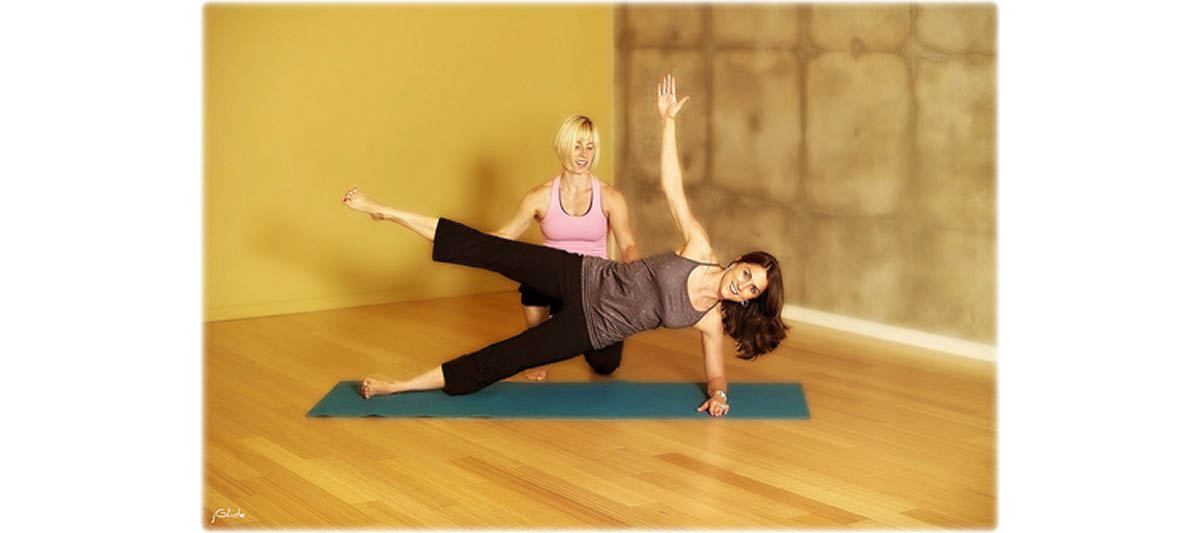Table of Contents
The main movements your abs are actually supposed to perform are stabilization and anti-rotation movements.
One of the best ways to look at this is with a baseball pitcher.

To get a fast throw, the pitcher has to generate a huge amount of power by rotating his core. As he releases the ball, his core muscles kick in to stop him from rotating further. If the ab muscles weren’t working here, he’d keep twisting, and end up like some sort of spinning top. You can see now one of the main ways your abs are designed to work.
As for the anti-flexion movement, kneel on the floor and walk your hands out in front of you. Keep your core tight to prevent your lower back from rounding and go out as far as you can.
Feel that pull in your abs? That’s the muscles working to stop your spine from flexion.
Those two actions are the main ones your abs perform, so it makes sense to train them with exercises that target these functions.
Planks
Planks are the ultimate in anti flexion movements. Assume a pushup position, but with your forearms, not your hands on the floor. Step your legs back until your whole torso is straight and your knees, hips, lower back, upper back and head are on the same level. Pull your stomach muscles tight and aim to hold the position as long as you can.
Imagine someone is about to punch you in the stomach to help you tense up. As soon as you feel your lower back or hips start to dip, either rectify this by bracing your core again, or finish your set.
Plank Variations
Once you’re proficient at the plank, try three point planks. These are the same as the regular plant, but you take an arm or leg off the floor. Reducing your points of contact with the floor from four to three automatically makes the exercise tougher and your core work harder.
Alternatively, side planks work well. Lie on your side with one forearm on the floor and one leg on top of the other, push your hips up and maintain that position.
Ab Rollouts
Remember those hand walkouts you tried earlier? You can stick with these, or buy yourself an ab wheel (a small wheel with a handle either side) and perform the same movement with that. Keeping your lower back flat is vital with these to properly engage your core. Once you can do 10 reps, try kneeling on a cushion to make them harder.
Pallof Presses
For anti rotation exercises, you can’t beat the Pallof press.
Stand with a cable machine on your right and attach a D-handle to the stack, set at around waist height. Hold the handle in both hands in front you’re your belly button and push the cable forward. Resist the temptation to turn toward the machine by squeezing your abs. Push out until your arms are straight, pause for a second, then bring your hands back in slowly. Perform all your reps on the right side, then turn round and complete the same number on the left.
Dead Bug
Lie on your back with arms extended toward the ceiling and both knees bent to 90 degrees. While maintaining a pressed-down lower back, lower your right arm behind you and your left leg toward the ground, ensuring they don't touch the floor. Return to the starting position and alternate sides. This exercise activates the deep abdominal muscles without putting stress on the lower back.
Stability Ball Rollout
Kneel in front of a stability ball with your hands on the ball. Slowly roll the ball away, extending your arms and leaning forward without arching your back. Roll back to the starting position. This exercise engages the core in an anti-extension pattern, which is great for lower back health.
Modified Bicycle Crunch
Lie on your back with hands behind your head and knees bent. Lift one knee towards your chest while moving the opposite elbow toward that knee. Slowly alternate sides. By keeping your lower back pressed into the ground and not twisting aggressively, this exercise can be more back-friendly than traditional bicycle crunches.
Variations
Pallof press holds are seriously tough. Press your arms out exactly as above, but hold the position for as long as you can.
You can also try pulses, where you perform mini-twists with your arms while aiming to keep your core and the rest of your body rigid.
Switch between standing and kneeling for an increased challenge too.
These exercises might not immediately spring to mind when you think of ab training, but they beat sit ups and crunches hands down any day of the week.
- "The Truth About a Healthy Spine – Part II" by Dr. Michael Stare, published on May 3, 2013, accessed on May 9th, 2013, retrieved from http://www.tonygentilcore.com/blog/the-truth-about-a-healthy-spine-part-ii/
- Photo by steadyhealth.com

